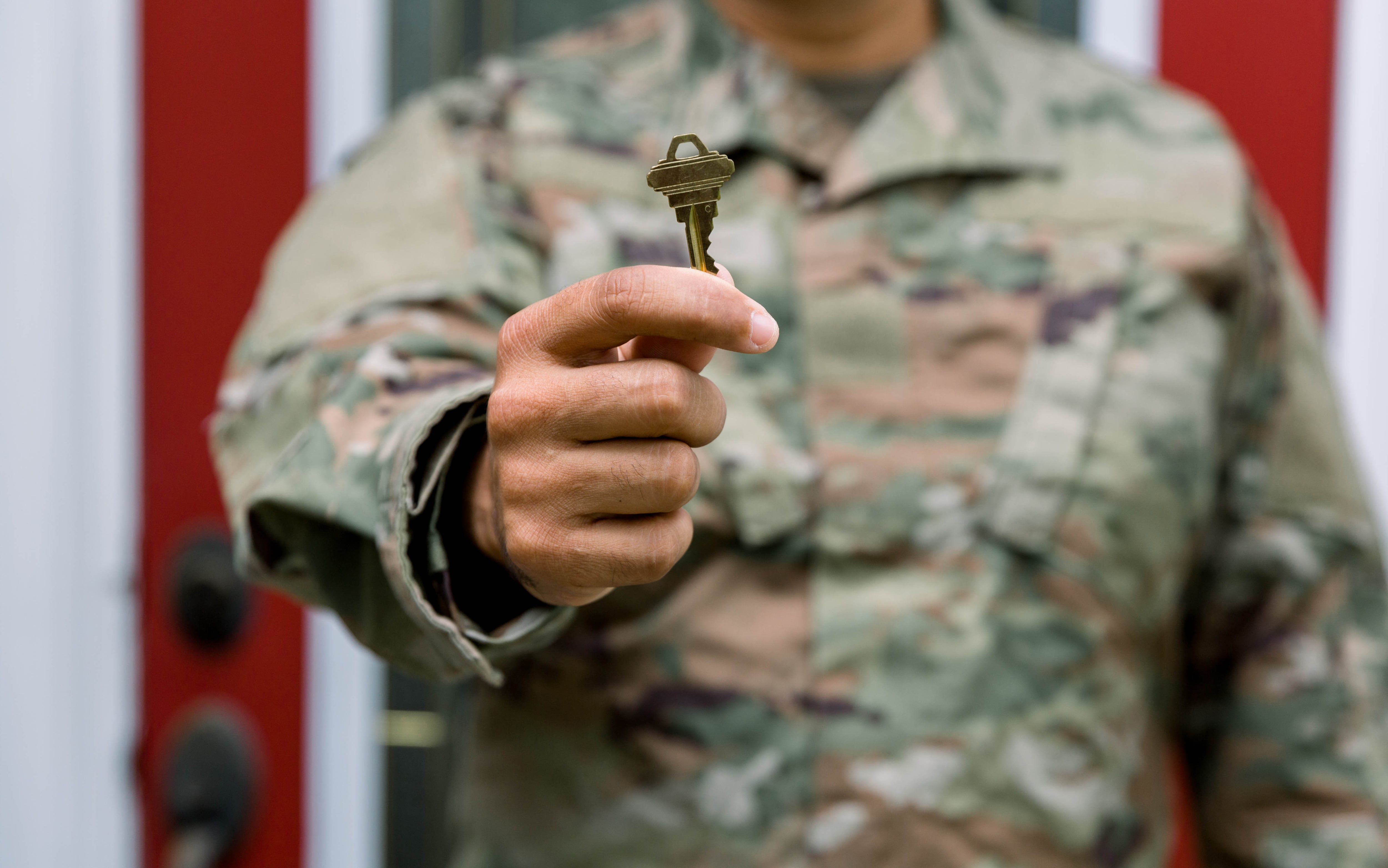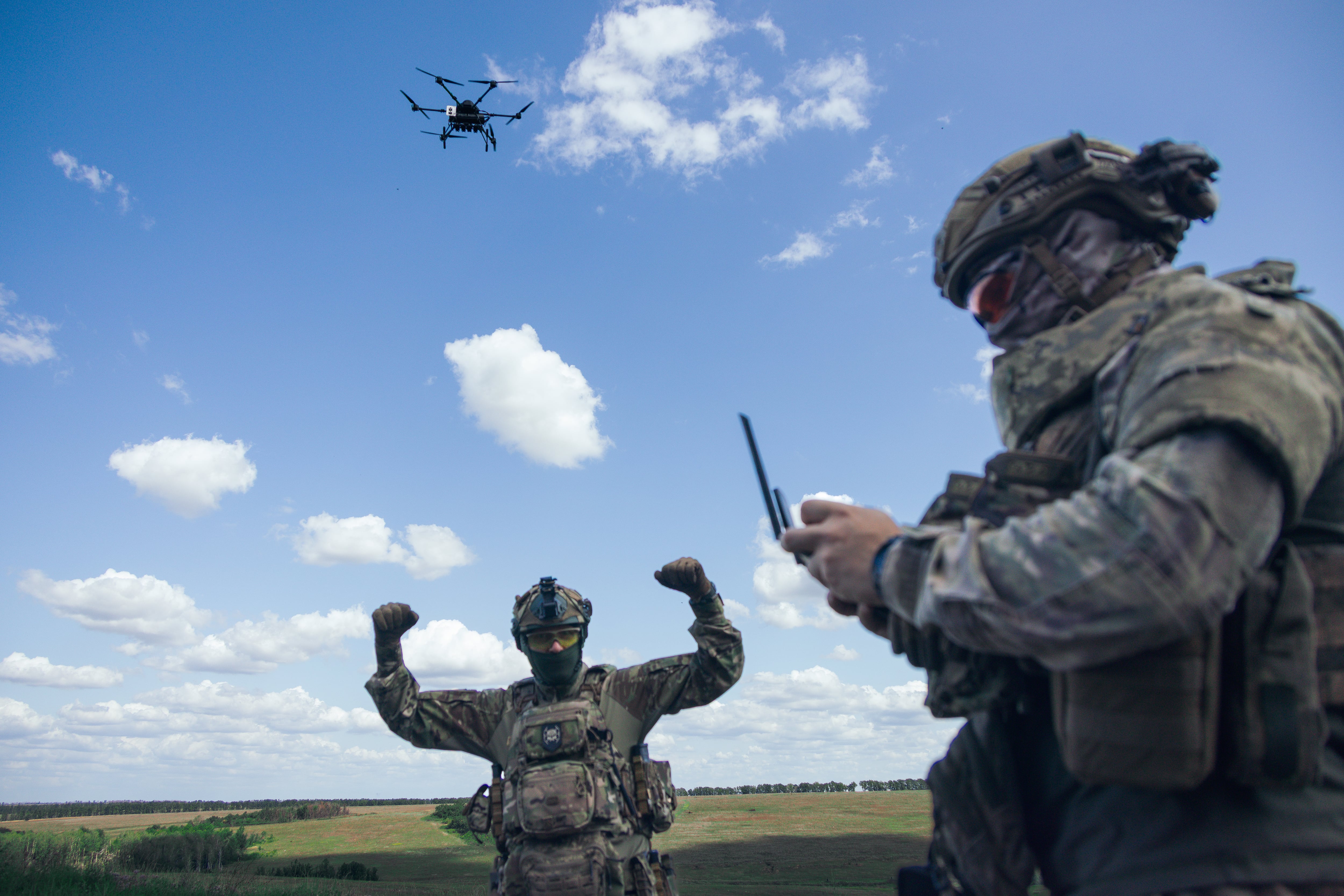Shield AI has revealed a new artificial intelligence-driven uncrewed fighter capable of vertical takeoffs and landings that it says could represent the next generation of military combat aircraft and an advancement in the drone wingmen concept.
The drone, dubbed X-BAT, was designed for expeditionary and maritime operations in contested environments. It uses Shield AI’s Hivemind software as its autonomous core, the company said in a Wednesday release.
Shield AI said X-BAT’s ability to deliver combat capability while taking off and landing vertically, independent of any need for runways, could transform the way U.S. and allied air forces wage air warfare.
“Airpower without runways is the holy grail of deterrence,” Shield AI co-founder and president Brandon Tseng said in the statement. “It gives our forces persistence, reach and survivability, and it buys diplomacy another day.”
With Hivemind as its brains, essentially, X-BAT will be able to penetrate contested airspace, team up with manned aircraft and carry out collaborative tactics without needing constant communications. That autonomous capability would allow it to act as a drone wingman — a concept which the Air Force calls collaborative combat aircraft, or CCA — or on its own, the company said.
The U.S. Air Force has already used Hivemind to control its X-62A VISTA jet. VISTA is an experimental F-16 modified to fly itself – and even dogfight – with autonomous software, in which former Air Force Sec. Frank Kendall flew in May 2024.
X-BAT also has a range of more than 2,000 nautical miles while fully armed, which would allow it to strike from ships, islands or austere sites that don’t have prepared runways, Shield AI said. It could carry out strike or counter-air operations, electronic warfare or intelligence, surveillance and reconnaissance missions.
Armor Harris, Shield AI’s senior vice president of aircraft, called X-BAT a “revolution in airpower” for its combination of vertical takeoff and landing classification, range, autonomy and “multirole capability.”
“VTOL plus range solves survivability on the ground and dependency on tankers. Multirole [capability] provides critical flexibility as the threat evolves, because no plan survives first contact with the enemy,” Harris said in a statement. “X-BAT’s ability to autonomously operate standalone or collaboratively allows it to project power when other assets aren’t around and simplifies kill chains.”
Shield AI did not say how much X-BAT would cost, but said its acquisition and lifecycle costs would be much cheaper than fifth-generation jets, making it both affordable and “attritable” — a term which means a military could afford to sacrifice one of the aircraft on a mission without significant cost.
The Air Force has made affordability and attritability a key requirement for its CCA program. The service wants a way to expand its ability to accomplish missions while not breaking the budget, under a concept officials refer to as “affordable mass.”
The Air Force has also sought to emphasize that its CCAs are drones that carry out fighter missions. The first two candidates, made by General Atomics and Anduril, carry mission design series designations that begin with YFQ, as fighters carry an F designation and drones bear a Q in Air Force nomenclature.
X-BAT is also compact, Shield AI said, and as many as three could fit in the footprint one legacy fighter or helicopter would take up.
Its design is also “platform agnostic,” Shield AI said, and could integrate with both current and future Air Force and Navy concepts.
Stephen Losey is the air warfare reporter for Defense News. He previously covered leadership and personnel issues at Air Force Times, and the Pentagon, special operations and air warfare at Military.com. He has traveled to the Middle East to cover U.S. Air Force operations.





